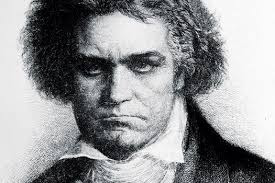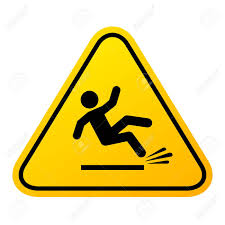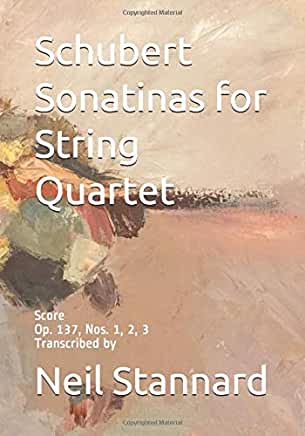
 |
| Beethoven "Moonlight" Sonata, opening of third movement |
Without seeing what he's doing, it's difficult to make an accurate diagnosis. However, most people who have problems here are failing in some degree
to keep the hand more or less closed. That is, making sure that the thumb moves along with the hand as it moves to the second finger. He probably needs to move a little out on second and third in order to move slightly more in on five, which is where the pulse is, making sure that as he plays five, the thumb falls to its next starting place. This is a good practice morsel: Move to five and allow it to throw the thumb to its place silently. Then start the next unit. So, this is more of a very tiny in/out shape than under/over.
In order to feel more secure on the black keys, find a slight hand angle that gives your fingers a little more flesh contact. This diminishes that uneasy feeling of slipping off the narrow keys.
















